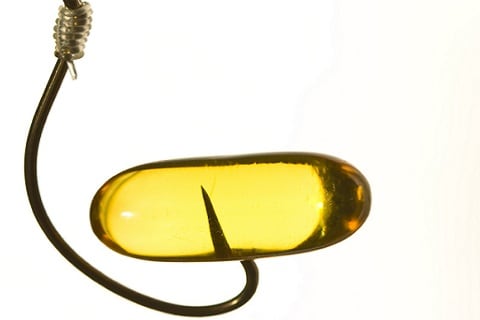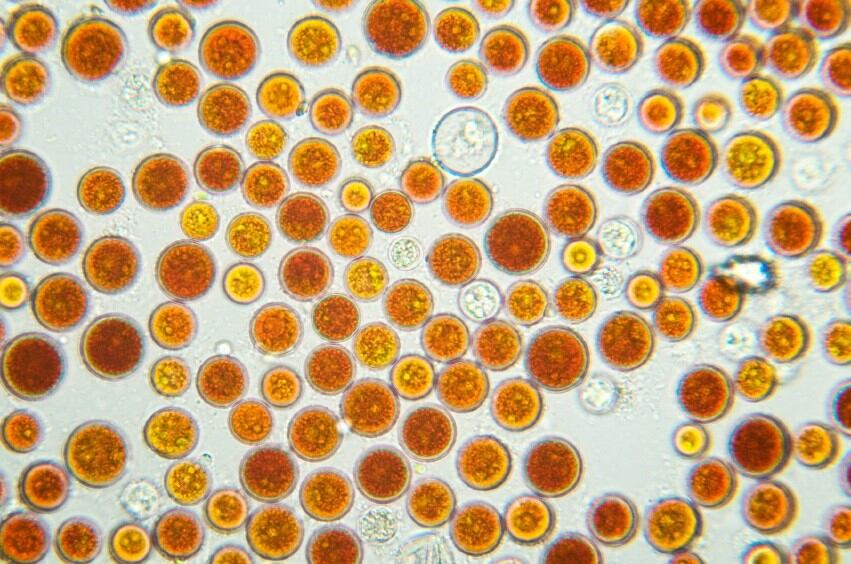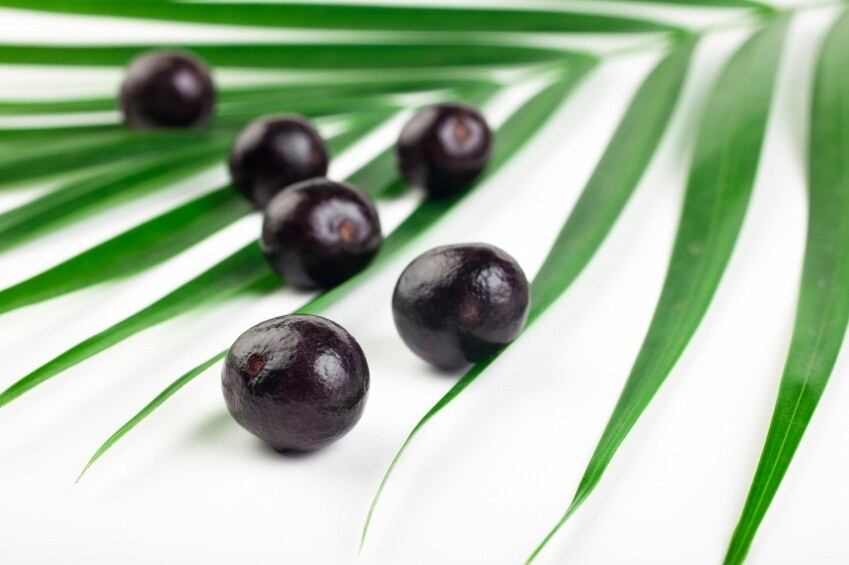Innovations in minerals
From the next generation of calcium supplements to magnesium sky-high potential, and from zinc’s boost in the EU to selenium’s expected scientific performance, our innovations in minerals specials kicked off our 2013 editorial calendar in style.
Magnesium has been described as the ‘hottest ingredient in the mineral category’, and with between 70 and 80% of the US population not meeting their recommended intakes of magnesium, consumers – and the health care professionals who advise them - are waking up to the importance of the mineral.
Max Motyka, director of sales and marketing at Albion Human Nutrition, told us that the magnesium market is currently second only to calcium, but it has the potential to exceed the calcium market. “The sky is the limit on the magnesium market,” he said.
Our two-part feature on the next generation of calcium supplements looked at the innovations that are attempting to turn around the declining US retail market for the mineral (sales were down 6.7% to $440.1m across natural/conventional channels combined in 2012), including new calcium sources, from eggshells to coral, and the new delivery formats (chews, sachets and ‘petite pills’).
We also looked at selenium, a trace mineral that has had mixed fortunes, despite being one of a select few dietary supplement ingredients that can make a disease reduction claim on the label. We spoke to two leading selenium ingredient suppliers to get their take on selenium, and hear what new studies could push selenium back to the heights.
Other articles in the series included: Ironing out the issues: Can new research solutions help beat global iron deficiency? and Zinc benefitting from EU health claims game.
Omega-3
The mega-nutrient. The sector continues to grow, but as demand increases can the supply cope, and can it cope sustainably? In our article, Marine omega-3 sources are clearing sustainability bar—so far, we explored the issue of sustainability. “We are at the beginning of understanding ocean ecosystems and everything that goes into managing them safely,” Adam Ismail, executive director of the Global Organization for EPA and DHA Omega 3s (GOED) told us.
Exploring new sources of omega-3s, from krill to algae and genetically modified plants, will help to ease the demand on the fisheries, and our article, Finding the sweet spot in the algal omega-3 market, took a look at some of the algal players attempts to step up.

With all the different forms on the market, this has been a lot said about how each performs, and performs against each other. Another extensive feature went in-depth on this issue, canvassing opinion from numerous stakeholders and experts, and reviewing the literature. How do they all stack up? Click here to read the full article: Battle of the omega-3 forms: Triglycerides, ethyl esters, or phospholipids?
We also spoke with Ola Snove, the CEO of Epax (prior to the acquisition by FMC), to get his opinion on how high can high-end omega-3 go. The article examined how the pharmaceutical omega-3 sector will influence the nutraceutical side – the answer seems to be a win-win for both sides.
Our series also considered the challenges of putting omega-3 fatty acids into food: Finished product fortification: Tackling the challenges of omega-3 in processed foods
Antioxidants and carotenoids
Our special edition about antioxidants started off with a call to stop using the term antioxidants, by Dr Jeffrey Blumberg, director of the Antioxidants Research Laboratory at the Jean Mayer USDA Human Nutrition Research Center on Aging at Tufts. The term, he said, implies one mechanism of action, and that’s a simplification that could get us into trouble.
To read the full interview, please click here: Prof Blumberg: We need reference intakes for phytochemicals (and we’re not calling them antioxidants)

Heralded by Dr Oz, one of the sectors big success stories has been astaxanthin. “The antioxidant marketing position for astaxanthin is validated, as natural astaxanthin is the strongest natural antioxidant found to date,” said Bob Capelli, VP sales and marketing at Cyanotech, which grows astaxanthin from Haematococcus pluvialis microalgae.
“But consumers in the US aren’t buying it for its antioxidant power; for the most part, they’re buying it for one of its other clinically validated benefits, such as eye and brain health, skin health, joint health or for the benefits it has for athletes and active people.”
Another article to consider the effect of marketing on an ingredient’s success looked at pterostilbene and ergothioneine, which is seen as a ‘rich man-poor man story of antioxidant marketing’: While pterostilbene has gained traction and product launches, ergothioneine has failed to break through. “The primary reason why ergothioneine hasn’t taken off is there are no obvious health effects that people have identified,” said Jung Suh, PhD, associate staff scientist of the nutrition science group at the Children’s Hospital of Oakland in California.
“There is no obvious detriment of its deficiency and no obvious benefit of its supplementation that has been proven clinically,” Suh told NutraIngredients-USA.
Other articles in the series included: Easy being green? Tea leads botanical antioxidant charge; A red revolution: As the science grows for lycopene, will the market follow?; and Antioxidants and Pro-oxidants: Two Sides of the Same Sword
Superfruits – old news or still super
Acai, noni, blueberries, goji, cranberries, pomegranate, mangosteen, sea buckthorn… the list goes on and on, but have consumers been over-exposed to the super-fruit message?

Increasing raw material costs coupled with growing demand for natural health solutions has seen the market for superfruits boom in recent years, but has it may have also left the market ripe for adulteration. Dr William Obermeyer, VP research at Consumer Labs, suggested that juices and supplements produced from superfruits - in particular noni, mangosteen, gogi, and acai - are a ripe target for economically motivated fraud, adding that the lack of quality markers for many such products opens the door for counterfeiting and adulteration.
Emerging science will keep a number of these fruit in the public eye, none more so than acai, where a 'tsunami of pent up science' will support the growth of ‘remarkable range of products’, according to industry experts.
But superfruits don’t have to be exotic, as we found in the article, Apples, wild blueberries and tart cherries: Why home-grown fruits are every bit as 'super' as their exotic counterparts...
John Hunter, general manager of fruit powders and extracts specialist VDF FutureCeuticals, that consumers instinctively know that fruits are good for you, even if they are starting to become a little fatigued by some of the ‘superfruit’ marketing hype.
"We have always been very conservative in our marketing, but there was a time when the term 'super fruit' was applied to everything. But if everything is the bomb, then nothing is the bomb, and this can lead to consumer fatigue."
Other articles in the series included: Superfruits category still booming (but care is needed); Gac fruit relies on carotenoid content as its superfruit calling card; and Superfruits form solid basis for single-ingredient companies.
We'll run Part 2 of our special edition round-up tomorrow.
